Phanteks M25 140mm Review
Introduction
There is no T30 in the 140mm form factor. The M25 however, is supposed to be the next best thing. Let us take a closer look at Phanteks' attempt of creating a budget-friendly version of their incredible T30 but in 140mm form actor.
Positive
- Excellent Radiator Performance
- Excellent Case Max-Performance
- Good Noise-to-Performance
- Solid Build Quality
Neutral
- LEDs could be stronger
Negative
- Proprietary DRGB connector which is adaptable to standard 3-pin ARGB
- Should include a third extension for 3 separate installation spots.
What's in the Box?

Unlike the original T30, a triple pack comes inside a more modest type of packaging. Inside, we will still find every necessary item:
- 3x Phanteks M25 140mm
- Fan Screws
- 2x500mm PWM Extension
- 1x600mm DRGB to 3-Pin ARGB Adaptor
Down below you will find a summary of the M25s specs.
| Name | Phanteks M25 140 |
| Size | 140x140x25mm |
| Speed | <1800RPM |
| Airflow | <104.62CFM |
| Static Pressure | <2.8mm/H2O |
| Noise | <36.57dbA |
| Connection | 4-Pin PWM |
| Cable Length | <500mm each (with included adapter & extension) |
| Bearing | - Not specified - probably FDP |
| Motor | - Not specified - probably 4-Pole |
| RGB | Illumination from the center onto the wings |
Installation
The installation of an M25 itself is nothing out of the ordinary. Position the fan either on a Case-Fan spot or radiator, use the included fan screws for the ones included with the radiator and you're done.

On the connection part, there are a few things to note though.
Similarly to the T30, Phanteks doubled down on using very short PWM cables attached to the fan in order to allow daisy-chaining multiple fans to prevent cable clutter. Although we highly appreciate this way of doing things, we would also like to note that the cable seems to have the exact same length as their T30. This can lead to the cable being slightly stretched in an installation.
Additionally, two fans can use the included 500mm long extensions to connect the complete chain(s) to the Motherboard.

With the DRGB parts, we were not quite as happy. Just like any other Phanteks device created in recent years, the M25s are using Phanteks' proprietary DRGB connector. Although there is an adapter included in the box as well as having the possibility to Daysichain the DRGB connector of every fan, we would have preferred for the connection to be 3-Pin ARGB to begin with.
Appearance

Phanteks themselves claimed that their reused a lot of learned lessons from their T30- fan and applied the same principles for their Budget-Friendly M25. And although this shouldn't be taken as a universal statement, we can clearly see many similarities, especially on the frame.
All around the fan, we can see little reinforcement elements that we have already seen on the T30 before.
From little struts to the rubber corners which seem to be the exact same thing in a slightly different color, the fan not only promises to be but really is sturdy. Not as sturdy as a 30mm thick T30, but definitely an upper-shelf fan as far as 140mm Fans are concerned.
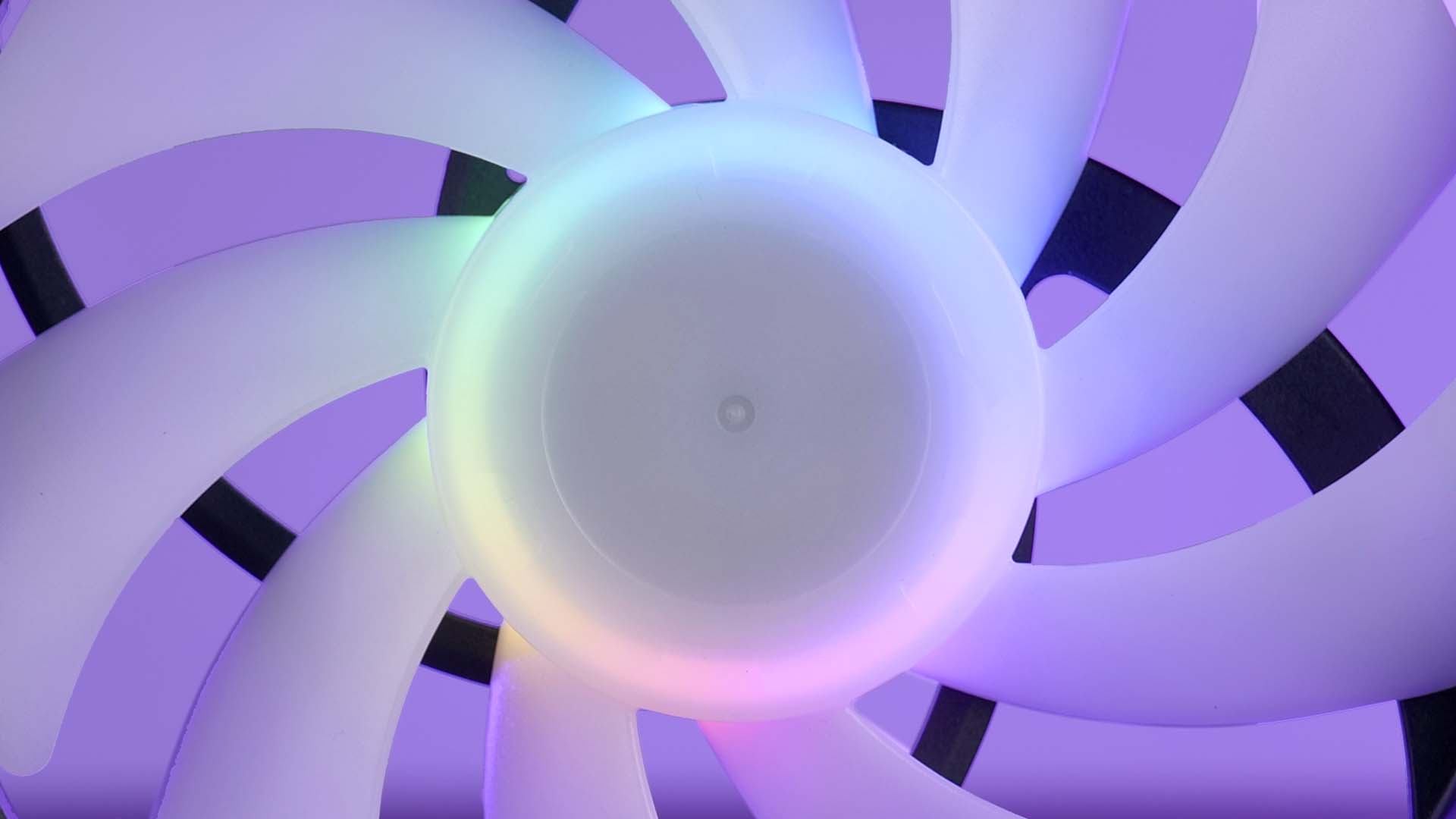
For the Blade Geometry, Phanteks decided to go to a 9- Blade design with slightly bent but relatively thick wings, a design which may or may not yield good results.

One of the most important factors about Fans after 2020 is still ARGB. You may like it or not, but the implementation seems to be solid. The transitions look fluid and the LEDs are not easily spotable with bare eyes.
Being 140mm sized, the M25 still falls in the same trap as many other fans in this category. The LEDs are not quite strong enough to reach the outer border of each blade. Therefore the light will be very strong in the center but slowly fade to white as it travels across the fan.
Benchmark
We tested the Phanteks M25 in 140mm for both case and radiator use cases.

Whilst used as a case fan, the Phanteks M25 managed to keep the CPU at 39.2°C above ambient. This positions them very far up on our overall list whilst only being outperformed by other ultra-fast spinning fans.
Additionally, they managed to outperform the previously set "good" record by the Cooler Master Mobius 140P ARGB. Only if just by a margin of error.

After slowly reducing the fan speed and noting the noise level at each step, we were able to create a noise-to-performance graph.
On this one, we saw that the M25s managed to keep a relatively good noise-to-performance ratio, comparable to the Silent Wings 4 HS, but failed to match the one set by the Noctua NF-A14.

On our radiator-specific benchmark, the M25 managed to keep the water at 9°C above ambient. This positioned it significantly higher than Noctua's NF-A14 or Cooler Masters Mobius 140P.

For the Noise-To-Performance ratio on top of a radiator, we were able to see that the Mobius 140 managed to dominate in the lower RPM numbers, while the M25 took over once to overall noise was above 40db.
Compared to the Noctua NF-A14, the M25 just flat-out won.
Conclusion
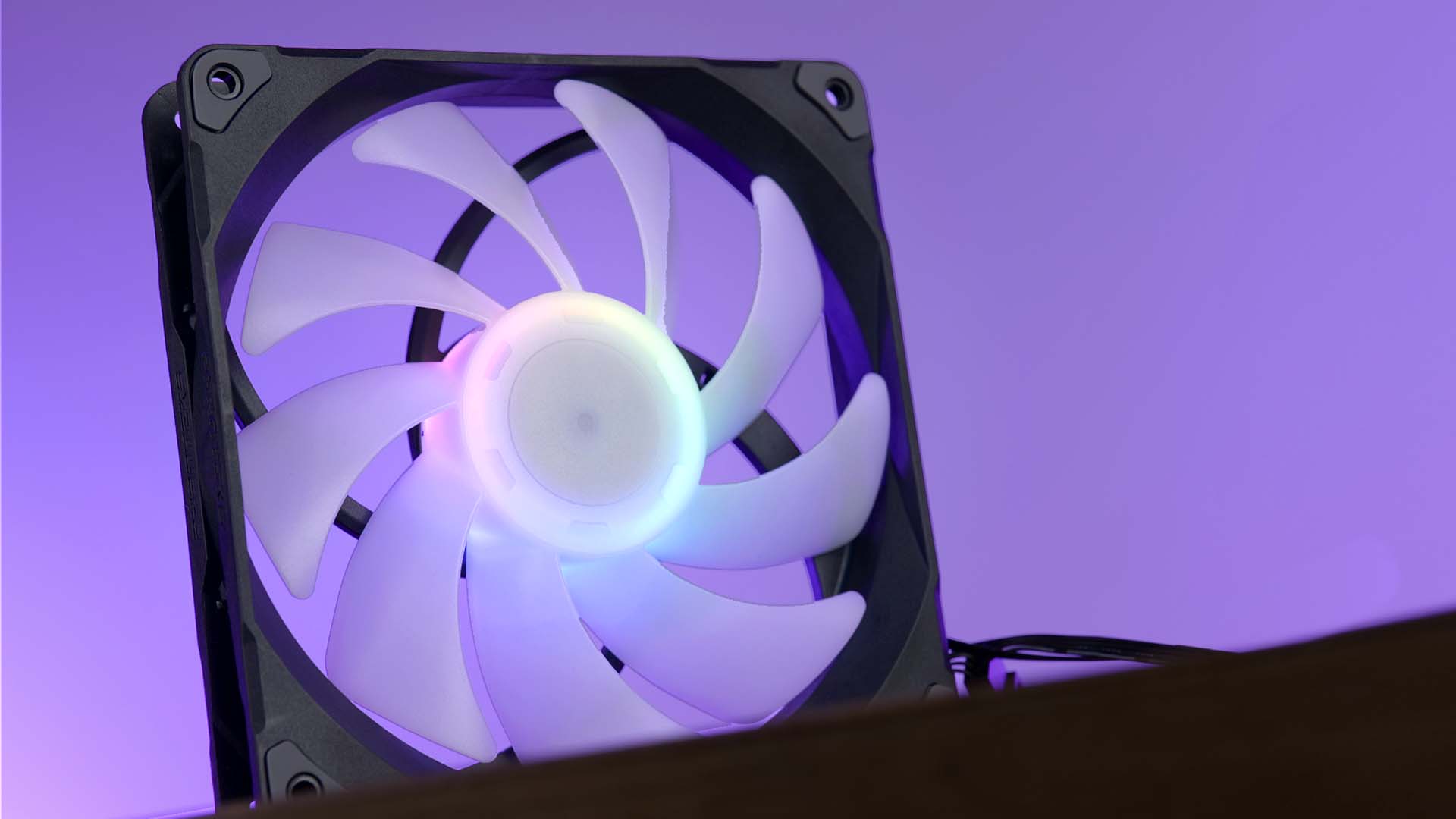
As far as Radiator performance is concerned, the M25 seems to be one of the best fans out there. From Noise-to-Performance to just raw Max-Performance, it is either hard or impossible to keep up with the M25.
For case-use cases, the benefits might not be as obvious, but as far as raw brute performance is concerned, there is just a small amount of Fans that can compete with the M25.
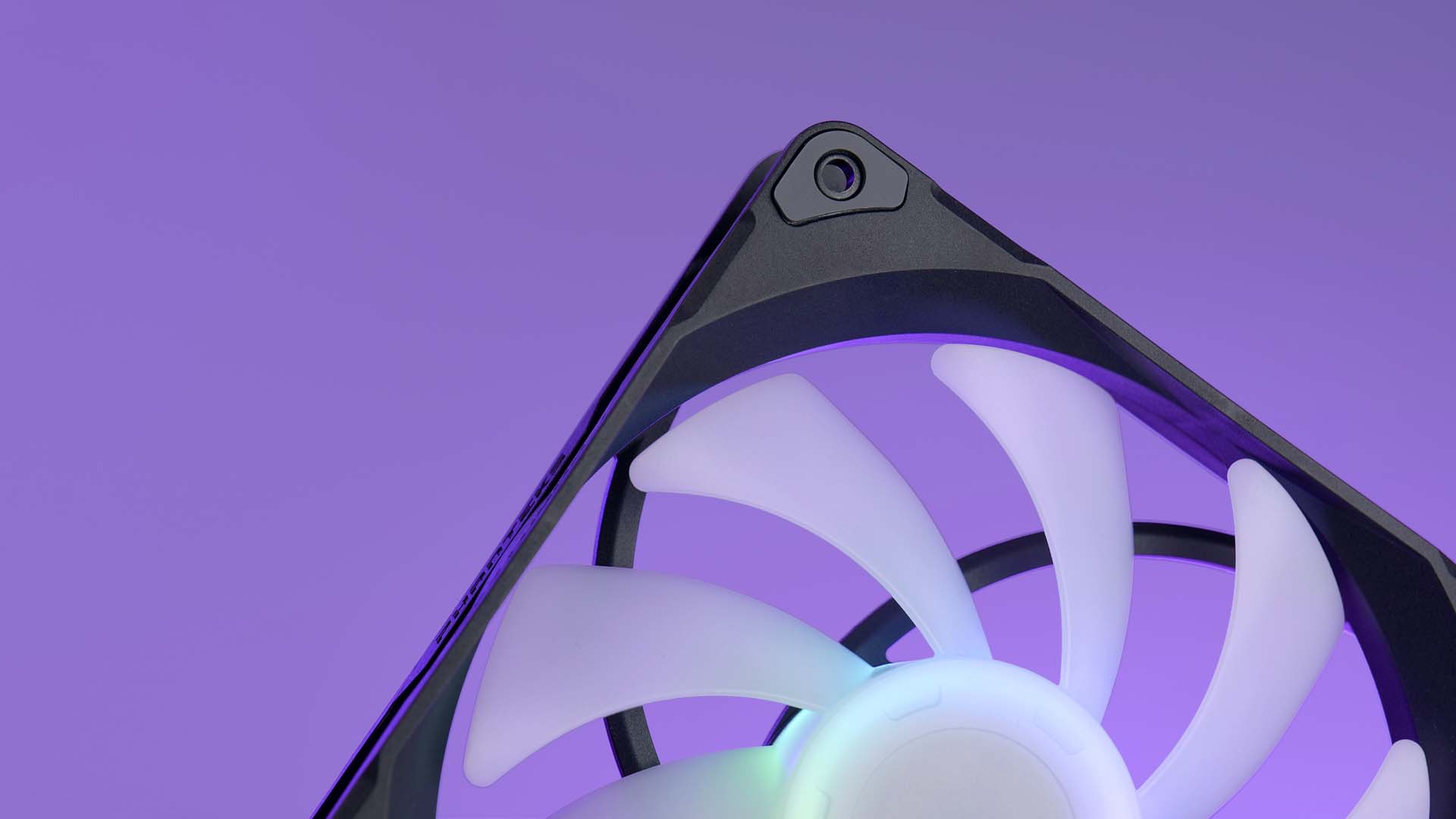
But another strong point about the M25 is its build quality. For both the Fans Frame as well as the Blades, everything feels strong and rigid.

Even if the performance stands strong, not everything is perfect. We would have preferred to see regular standardized 3-Pin ARGB being used and a slightly longer PWM cable to not stretch them as much as they are.
Additionally, even if it's a good move to include the DRGB-to-ARGB adaptor and 2x 500mm long PWM extensions. Having three of each would have made more sense given that there might be Users out there that are planning to install all three fans in completely separate positions.

But if you can live with these quite small issues, the M25 is definitely one of the fans to consider moving forward. It might not (yet) be the T30 of 140mm fans, but especially for radiators, it is one of the best fans we have seen so far.

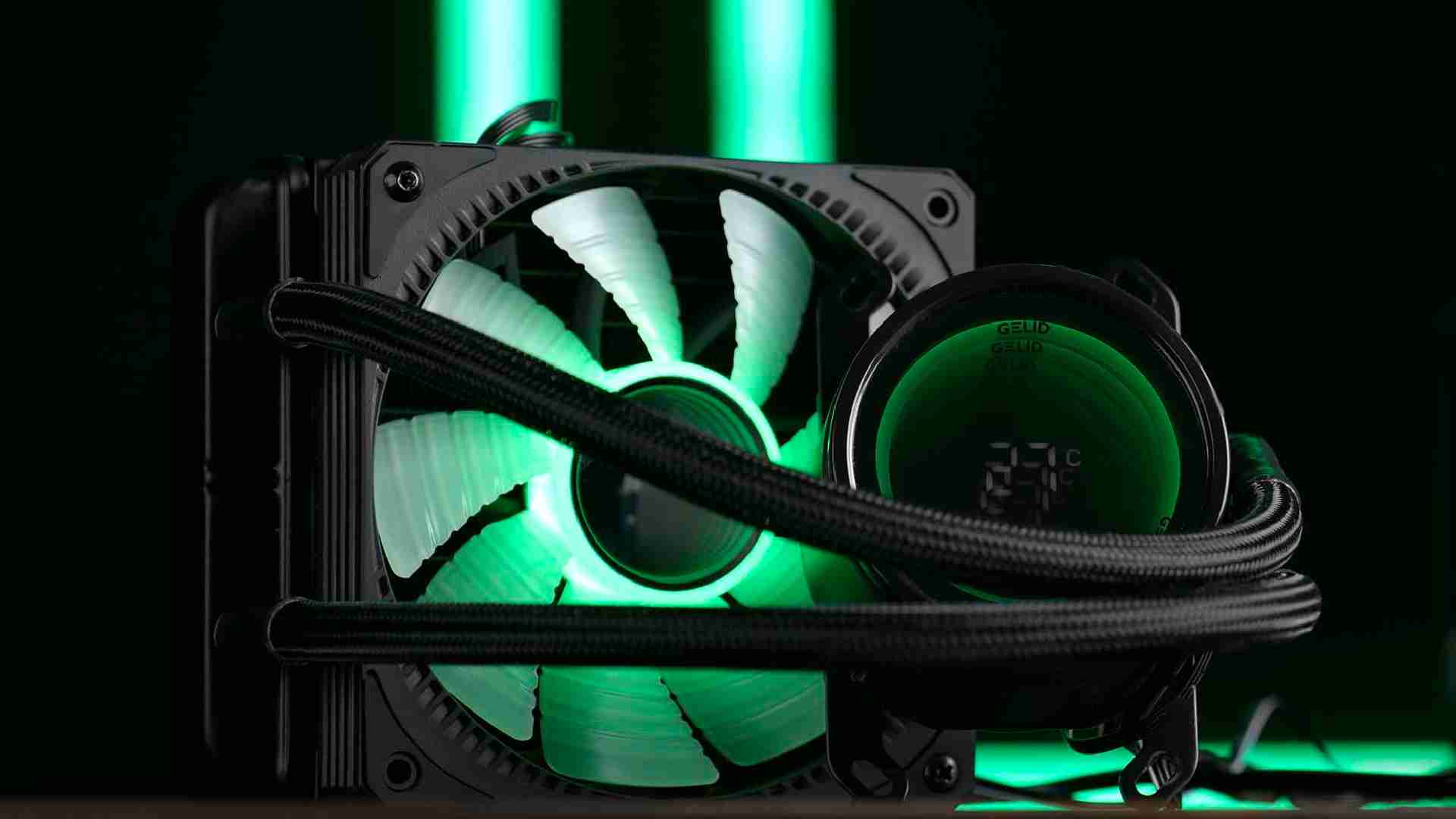
Gelid Liquid 120 Review
With the Gelid Liquid Series, Gelid tried to re-invent the AIO by introducing a Temperature sense with its display right onto
Read More
Montech Sky One ARGB Review
Meet the Montech Sky One. Out of Montechs premium line of hardware, their Sky One Case offers excellent Airflow paired with a
Read More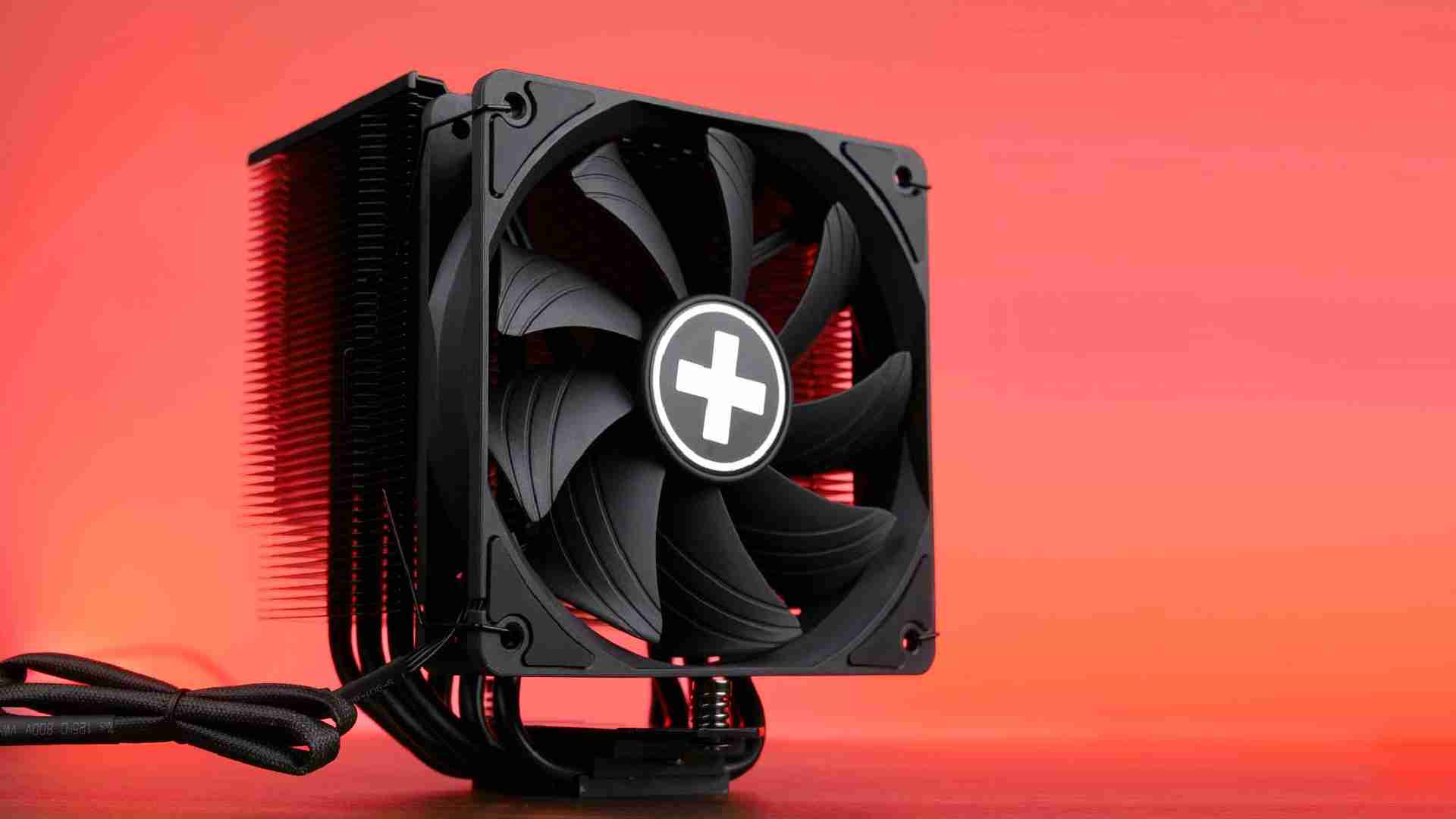
Xilence M906 XC081 Review
Xilence has an excellent track record of creating incredibly affordable coolers that perform like the competitions best. Lets
Read More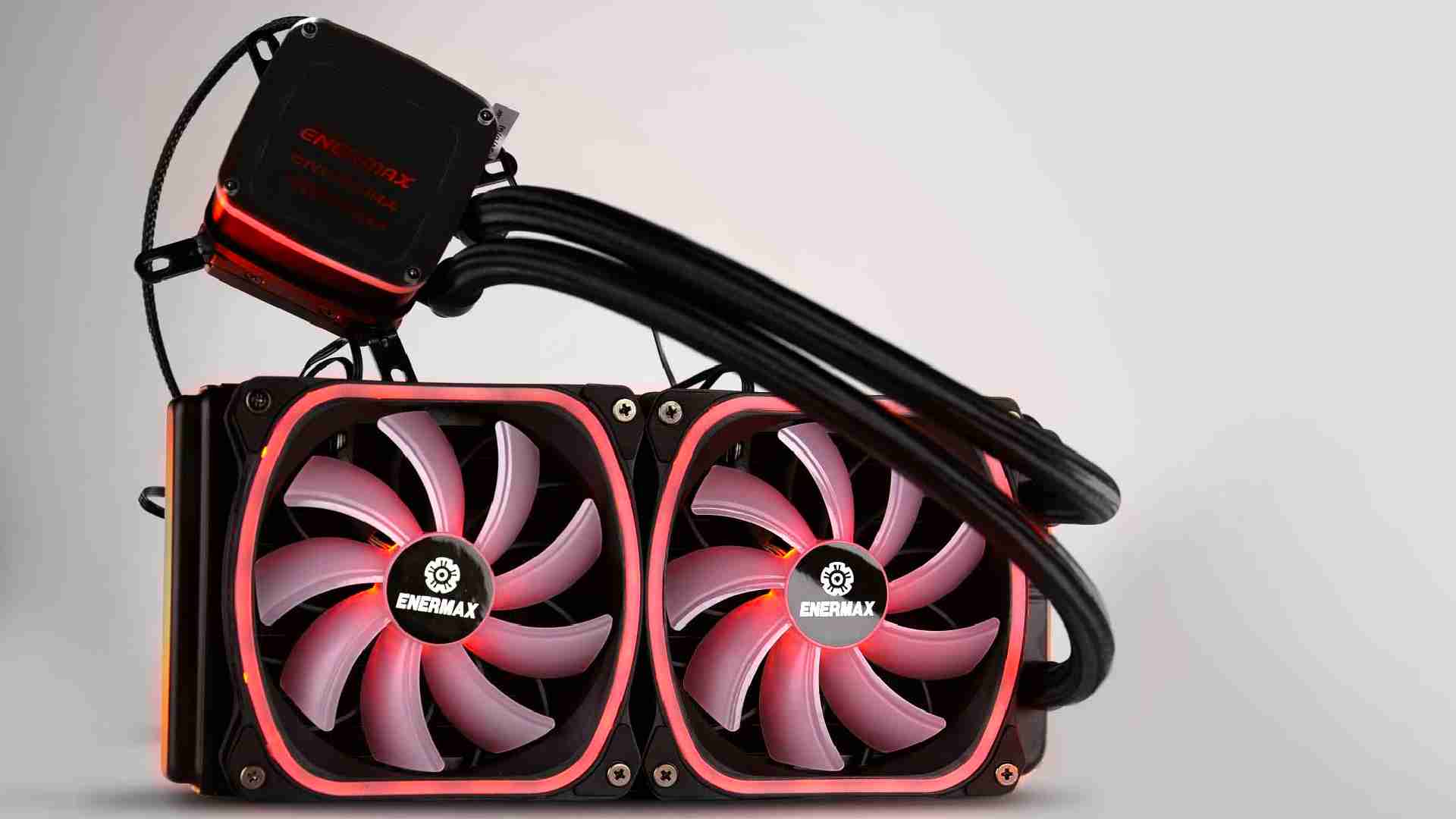
Enermax Aquafusion ADV 240
Lets take a closer look at the Enermax Aquafusion ADV 240, a 240mm sized AIO aimed to effectively cool down mid- to higher-en
Read More
